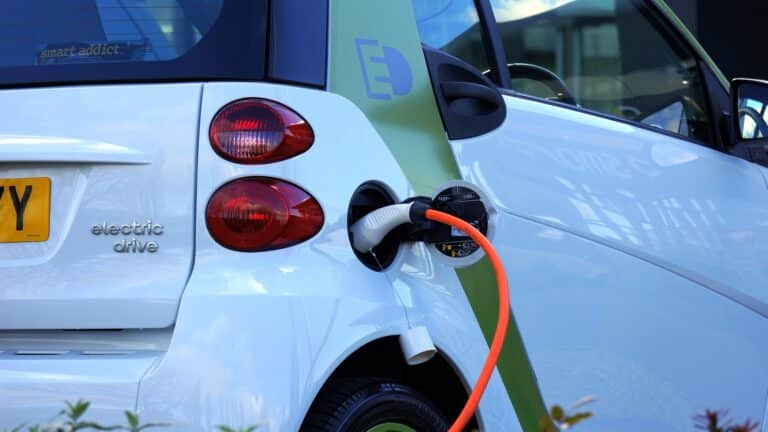Big banks predict catastrophic warming, with profit potential
Morgan Stanley, JPMorgan and an international banking group have quietly concluded that climate change will likely exceed the Paris Agreement's 2 degree
Current Access Level “I” – ID Only: CUID holders, alumni, and approved guests only
Reports by Edmund Downie • April 23, 2020
This report represents the research and views of the author. It does not necessarily represent the views of the Center on Global Energy Policy. The piece may be subject to further revision. Contributions to SIPA for the benefit of CGEP are general use gifts, which gives the Center discretion in how it allocates these funds. More information is available at Our Partners. Rare cases of sponsored projects are clearly indicated. For a full list of financial supporters of the Center on Global Energy Policy at Columbia University SIPA, please visit our website at Our Partners. See below a list of members that are currently in CGEP’s Visionary Annual Circle.
(This list is updated periodically)
Occidental Petroleum Corporation
China’s Global Energy Interconnection (GEI) initiative presents a transformational vision for meeting the world’s growing power demand with a globally interconnected electricity grid. The concept involves ultra-high-voltage transmission lines strung across vast distances and smart grid technology tapping large-scale renewable power sources. Chinese President Xi Jinping first touted GEI’s goal to “facilitate efforts to meet the global power demand with clean and green alternatives” at the UN General Assembly in 2015.
The ambition of the GEI vision is enormous, especially since there is very little cross-border trade in electricity around the world today. Regional electricity integration initiatives championed by development banks and multilateral organizations have largely struggled against the formidable political, economic and technical complications that accompany interstate electricity trade. China has seen these challenges firsthand in its participation in the Asian Development Bank’s Greater Mekong Subregion electricity trade endeavor, which has progressed fitfully since the 1990s amid regional infrastructure gaps and uneven political support from member states.
This report, prepared as part of the Belt and Road Initiative series published by Columbia University’s Center on Global Energy Policy, uses a case study of power trade in the Greater Mekong Subregion to assess the prospects for GEI in catalyzing energy integration around the world. It discusses why Greater Mekong Subregion integration has been slow, how GEI might help accelerate interconnection in the area, and what lessons the region offers for understanding the overall outlook for GEI. Based on this study, the author finds the following:


Full report
Reports by Edmund Downie • April 23, 2020